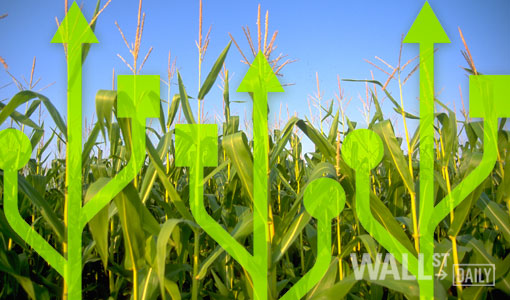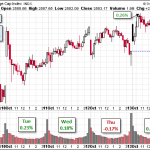
By 2050, the Earth’s population will surpass nine billion people.
Needless to say, an increasing number of people on the planet will place greater demands on our infrastructure – from energy and transportation to basic food and water needs.
As the “father of the green revolution,” Nobel laureate Norman Borlaug said, “In the next 40 years, farmers will have to grow as much food as they have in the last 10,000 years – combined!”
As such, we’ll require innovative new solutions to satisfy demand.
Fortunately, advances in technology are pushing agriculture into the 21st century.
Welcome Agriculture 3.0
The history of agriculture can be divided into three periods, according to Lance Donny. He’s the Founder of start-up OnFarm Systems, an agriculture data company.
Agriculture 1.0 describes agriculture from ancient times to about 1920, when farming was essentially a lot of manual labor. The period of industrial agriculture – agriculture 2.0, from 1920 to 2010 – is where machines, fertilizers, and better seeds helped farmers produce more with less effort.
Now we’ve entered the new age, agriculture 3.0. This is the time when high-tech sensors, cloud computing, specialized software, and the Internet of Things are being integrated into farming.
In this new age of agriculture, data becomes crucial. The data gathered will be used to help farmers make more efficient use of their land, water, and fertilizer. Of course, much of the data gathering will be done by agricultural drones, satellites, and “smart” farm equipment.
Silicon Valley Loves Farming
All of this hasn’t been lost on Silicon Valley. Investing in agriculture tech start-ups has become red-hot.
According to AgFunder, the first half of 2015 saw venture capital investment of $2.06 billion into 228 different deals.
AgFunder is an equity crowdfunding platform for agriculture tech start-ups. Only accredited investors can participate in these deals. To be considered an accredited investor by the SEC, one must have $1 million in net worth (excluding residence) or make $200,000 ($300,000 if married) annually for the past two years.


















Leave A Comment